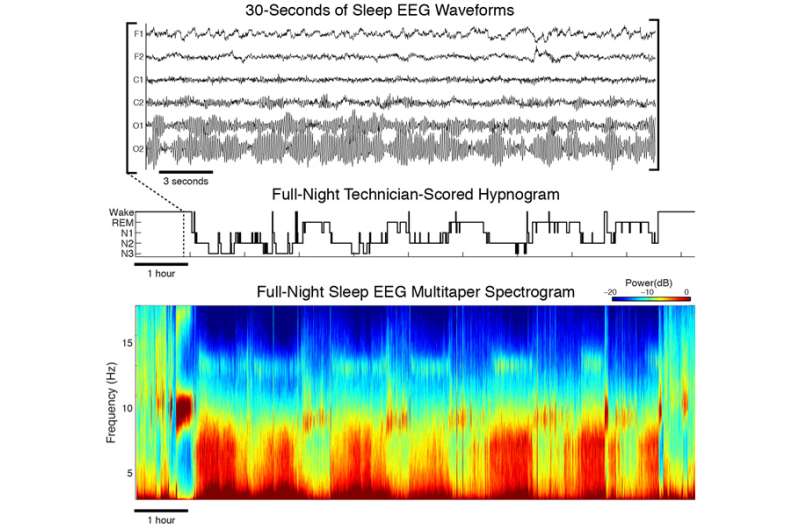
- #Create a hypnogram matlab ecg software
- #Create a hypnogram matlab ecg license
- #Create a hypnogram matlab ecg series
#Create a hypnogram matlab ecg series
We began by conducting an online review of existing physiological time series data analysis packages. We also illustrate its use in analysing the effects of paced breathing (PB) on variability of Electrocardiogram (ECG), photoplethysmography (PPG) and respiration (RSP) data in a small pilot study. Here, we describe the toolbox that we have developed to suit our own requirements, and hopefully those of other researchers as well-although we are well aware that different research groups will have different priorities and interests.
#Create a hypnogram matlab ecg software
and T.S.) have felt hampered as clinicians by the lack of such a non-specialist software package that would enable us to explore, compare and combine changes in a variety of complexity and entropy measures in response to interventions such as electroacupuncture or biofeedback. Since 2011, in our own research on physiological signals and measures, including electroencephalography (EEG), heart rate variability (HRV), temperature, postural sway and respiration, we (D.M. Ours has been to find or create an easy-to-use, versatile and reasonably comprehensive toolbox specifically for the analysis of complexity and entropy in physiological signals (CEPS). The aim is to strengthen collaboration between clinicians and the biomedical community, as demonstrated here by using CEPS to analyse various physiological responses to paced breathing.Įvery researcher has a dream. The interface is designed for clinical research and has a structure designed for integrating new tools. Conclusions: We have developed CEPS software as a physiological data visualiser able to integrate state of the art techniques. In contrast, Higuchi fractal dimension increased during paced breathing. In our illustration on PB, most complexity and entropy measures decreased significantly in response to breathing at 7 breaths per minute, differentiating more clearly than conventional linear, time- and frequency-domain measures between breathing states.
#Create a hypnogram matlab ecg license
The software is freely available under version 3 of the GNU Lesser General Public License (LGPLv3) for non-commercial users.

The GUI also includes a section for data pre-processing and standard ancillary methods to enable parameter estimation of embedding dimension m and time delay τ (‘tau’) where required. Ten methods of estimating data complexity are currently included, and some 28 entropy measures. Results: The current version of CEPS focuses on those complexity and entropy measures that appear most frequently in the literature, together with some recently introduced entropy measures which may have advantages over those that are more established. Methods: Data were collected from a convenience sample of nine healthy adults in a pilot for a larger study investigating the effects on vagal tone of breathing paced at various different rates, part of a development programme for a home training stress reduction system.

CEPS is also sufficiently adaptable to be used for other time series physiological data such as EEG (electroencephalography), postural sway or temperature measurements. Background: We developed CEPS as an open access MATLAB ® GUI (graphical user interface) for the analysis of Complexity and Entropy in Physiological Signals (CEPS), and demonstrate its use with an example data set that shows the effects of paced breathing (PB) on variability of heart, pulse and respiration rates.


 0 kommentar(er)
0 kommentar(er)
